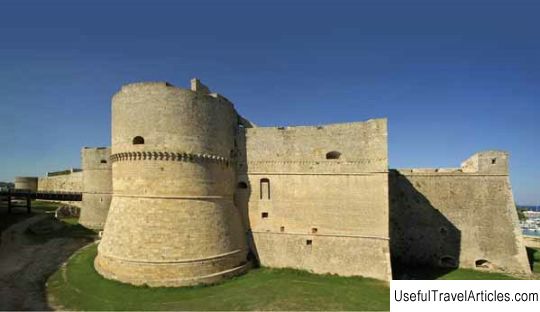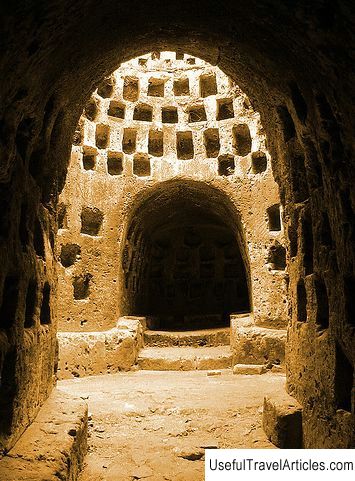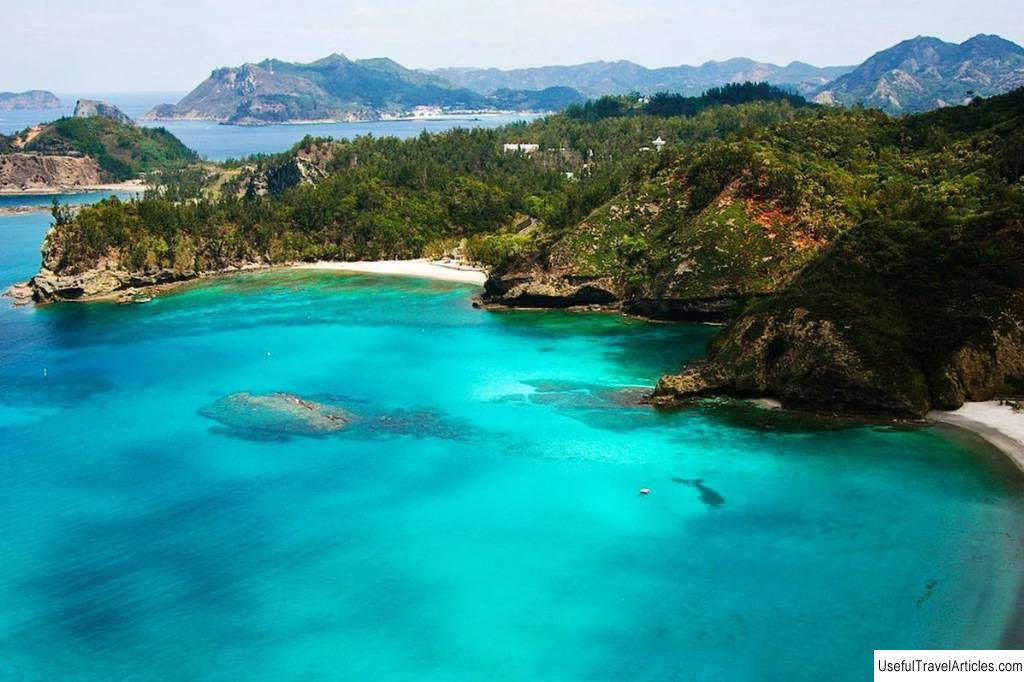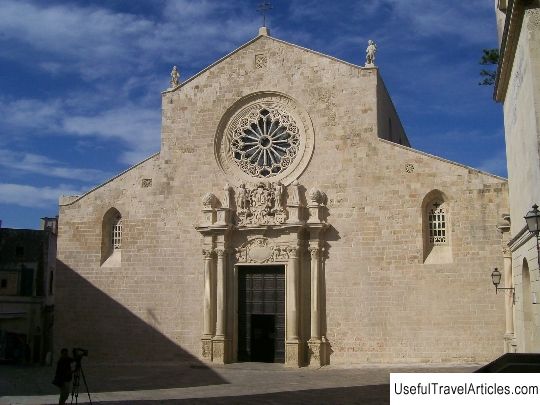Costa Sud di Otranto description and photos - Italy: Otranto
Rating: 8,7/10 (6556 votes) 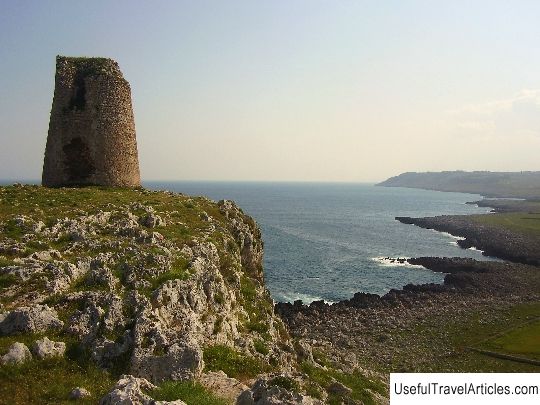
Costa Sud di Otranto description and photos - Italy: Otranto. Detailed information about the attraction. Description, photographs and a map showing the nearest significant objects. The title in English is Costa Sud di Otranto. Photo and descriptionOtranto's south coast consists of a long strip of sloping cliffs, which makes these places not the most accessible for tourists. If you go from the port of Otranto towards the Caves, you can visit the Grotta Palombara - a cave named so because of the presence of pigeon colonies in it. A little further away is Torre del Serpente - the Serpent Tower, also known as Torre del Idro or Cucurizzo, is the permanent symbol of the city. And above it you can see the Torre del Orte, erected in the 1500s. At the end of Baia Palombara Bay is Puntedda Beach, which is sometimes dotted with fur seals. In the nearby bay of Baia del Orte on the Porto Grande beach, there are many underwater caves, among which the grotta della Pisina and Grotte del Pastore stand out for their beauty. Finally, there is also the impressive Faro della Palacia lighthouse, recently refurbished and celebrating Italy's easternmost tip. Behind the cliffs of Punta Galere not far from the coast lies the small islet of Sant Emiliano, a resting place for the many seagulls that live in these places. And there, on a high hill above the sea, stands the tower of Torre di Sant Emiliano, built in the 16th century. And right in front of it you can see the fortified Masseria di Cippano, which is considered one of the most beautiful on the entire Salentine Peninsula. It was built at the end of the 16th century and, together with the towers, was part of the medieval defensive system. Further south is the grotta dei Cervi cave, which, unfortunately, is closed to the public. Discovered in 1970 by a group of cavers from Malia, it preserves the heritage of the Stone Age civilizations. The small cove of Porto Badisco, in which, according to legend, the Aeneas landed, attracts many tourists with its beautiful beaches and clear water. To the left of it are the antique Cunicolo dei Devoli and the Grotta Galleria cave, and a little further - the Grotta di Enea. If you go back to Otranto from there along the main road, along the way you can find many examples of structures erected using the unique technology of dry masonry - fumeddi or payari.         We also recommend reading Temple of Olympian Zeus description and photos - Greece: Athens Topic: Costa Sud di Otranto description and photos - Italy: Otranto. |
